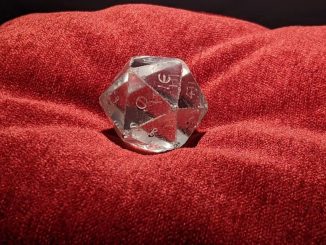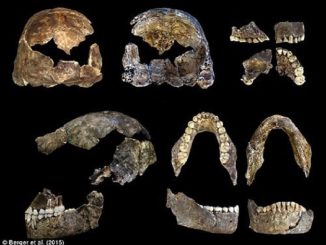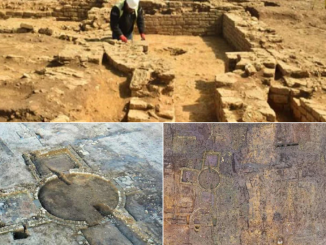Nestled within the grand halls of the Cairo Museum lies a masterpiece of ancient Egyptian artistry, showcasing the grandeur and divine authority of one of Egypt’s most illustrious pharaohs. Carved from the rare and revered granite grizzly stone, the sculpture depicting King Ramses III among the deities Horus and Seth stands as a testament to the remarkable craftsmanship and spiritual beliefs of ancient Egypt. In this article, we embark on a journey to unravel the significance of this extraordinary artwork, delving into the symbolism, historical context, and cultural importance of King Ramses III’s portrayal in the highest ranks of coronation and priesthood.

King Ramses III
The Pharaoh’s Divine Role: King Ramses III, often regarded as one of ancient Egypt’s greatest warrior pharaohs, reigned during the 20th dynasty of the New Kingdom period. His rule marked a time of prosperity, military conquests, and cultural achievements. In the sculpture housed within the Cairo Museum, Ramses III is depicted with regal authority, adorned in traditional pharaonic attire and headdress. His posture exudes power and strength, symbolizing his role as the earthly embodiment of the gods Horus and Seth, the falcon-headed deity of kingship and the enigmatic god of chaos and desert.

Horus and Seth
Divine Protectors and Guardians: Flanking King Ramses III in the sculpture are the deities Horus and Seth, each representing distinct aspects of ancient Egyptian cosmology and mythology. Horus, the falcon-headed god, was revered as the protector of the pharaoh and the embodiment of kingship and divine rule. His presence alongside Ramses III emphasizes the pharaoh’s divine right to rule and his connection to the celestial realm. Conversely, Seth, depicted with the head of a mysterious animal akin to a griffin, symbolizes the forces of chaos and disorder. His inclusion in the sculpture highlights the pharaoh’s role as a mediator between order and chaos, entrusted with maintaining cosmic balance and harmony.
Coronation and Priesthood
The Highest Ranks of Authority: The depiction of King Ramses III among Horus and Seth not only emphasizes his divine kingship but also alludes to his elevated status within the priesthood. As pharaoh, Ramses III served as the high priest of every temple in Egypt, responsible for maintaining religious rituals, offerings, and ceremonies dedicated to the gods. The sculpture captures the moment of coronation, wherein Ramses III is bestowed with divine authority and sacred duty, symbolizing his role as the earthly intermediary between the gods and the people.

Conclusion
The sculpture of King Ramses III among Horus and Seth, crafted from the rare granite grizzly stone, transcends mere artistic representation to convey profound religious, political, and cultural significance. Housed within the esteemed halls of the Cairo Museum, this masterpiece offers a window into the ancient Egyptian worldview, where divine kingship, cosmic balance, and ritualistic practices were integral aspects of life. As we marvel at the intricacies of the sculpture and contemplate its symbolism, we gain a deeper appreciation for the enduring legacy of King Ramses III and the enduring allure of ancient Egyptian art and civilization.


